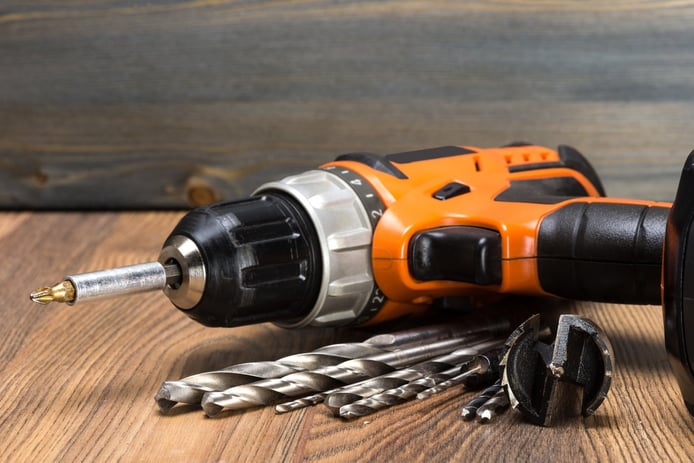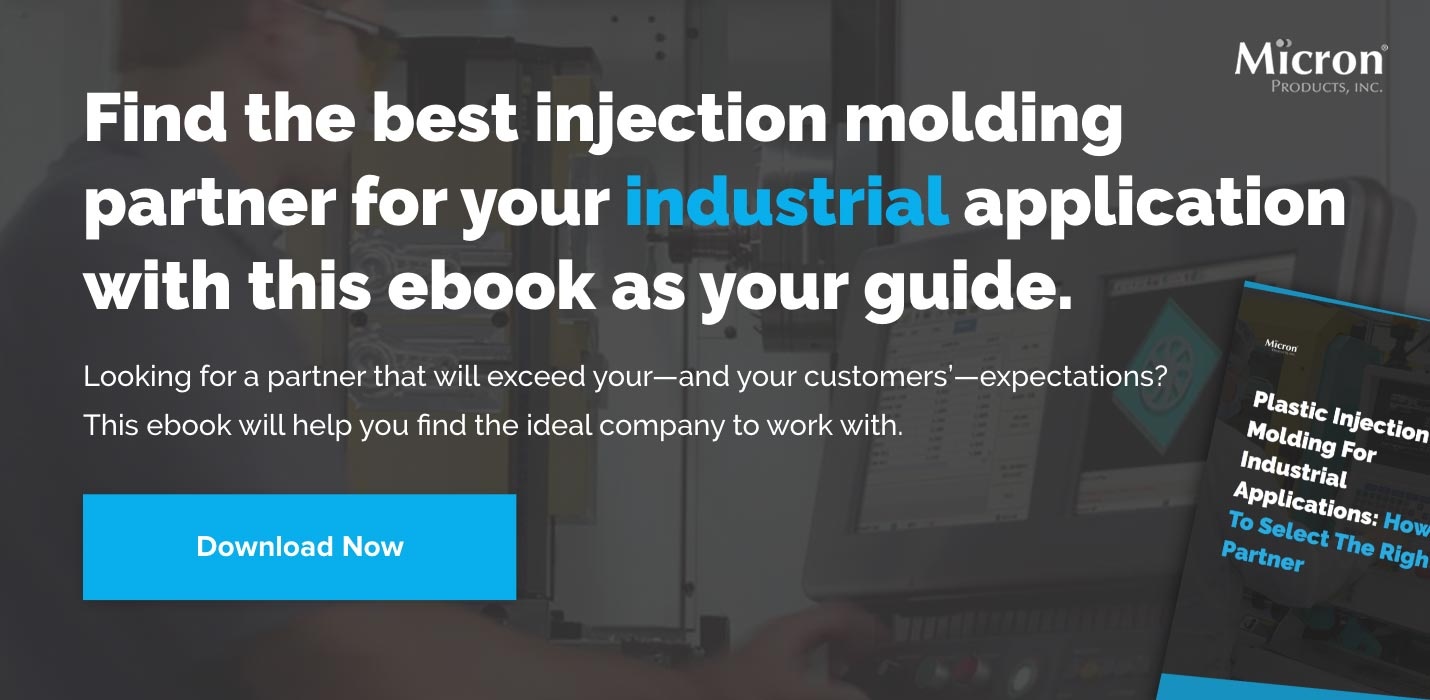
If you’re creating a plastic part, it’s important to know what type of injection molding process your part will require. Do you know if your part needs to be molded in a cleanroom environment, or whether you should use a vertical or horizontal injection molding machine? Our article below walks through eight unique types of injection molding, and the benefits and considerations of each, so you can make a more informed decision:
Cleanroom Molding
Cleanroom molding is used to mold plastic parts that cannot be contaminated by dust or other particles that exist in a typical molding environment. A number of industries—including medical, pharmaceutical, aerospace, military, and biotech—often need their parts to be created in a cleanroom environment.
While there are nine different classes of cleanroom molding, Class 7 and Class 8 are by far the most popular. (Read this article for more details on which class your part might require.) Both Class 7 and Class 8 Cleanrooms use positive air flow to ensure a strict particulate count; masking requirements, electric machinery, and packaging restrictions also help ensure cleanliness.
Horizontal Molding
There are two types of injection molding machines: horizontal and vertical. In horizontal molding machines, the mold clamps horizontally. Once the plastic part is created and the mold opens, the part drops into a bin and is taken away on a conveyor belt (or is taken down with a robot).
Horizontal molding machines are used in about 90% of injection molding processes worldwide. Horizontal molding allows the molding cycle to continue uninterrupted because it utilizes gravity to eject the part from the mold. As a result, production costs decrease and production output increases.
Because the vast majority of molding machines are horizontal, there are many different technological options available. Your part can be run on a hydraulic machine, an electric machine (a necessity if your part requires a cleanroom environment), or a hybrid.
The downside to horizontal molding is that it is much more difficult to add inserts —and this is where vertical molding machines are dominant.
Vertical Molding
Vertical molding machines open and close in a vertical manner. When the mold opens, the parts are ejected from the cavity but still sit on top of the mold.
Vertical molding makes it easy to add inserts into the mold. For example, if you need to put a hook in fishing lore, a needle in a medical application, or a pin in a gear clock, gravity works in your favor when you use a vertical mold.
The drawback to vertical molding is that a consistent molding cycle is not guaranteed. This is because a robot (or person) must manually remove the parts from a machine—and if your parts are removed a second too soon or too late, they may not be uniform. Additionally, using a robot or manual labor for removal is likely to be more expensive than using a horizontal mold.
Two-Shot Molding & Overmolding
Two-shot molding and overmolding are injection molding processes used to create parts that require two different kinds of plastic.
Let’s say you want to plastic injection mold a power screwdriver with two different materials: the housing, which is made of a more rigid material to hold the motor drive and trigger; and the grip, made of a softer material.
If you went with overmolding, your injection molding partner would injection mold the housing for the screwdriver first. That cured part would then be added into another injection molding machine, and the grip would be molded on top of it.
If you went with two-shot molding, your injection molding partner would use a specialty two-shot mold that includes a housing mold on one side and a grip mold on the other. Once the housing was injection molded, a large rotary plate would flip the mold around 180 degrees, and the grip would be molded using a separate material.
Two-shot molding requires a more expensive mold design—but the cycle time is cut in half as compared to overmolding. So if you have the part volume to justify the process, two-shot molding would result in faster production.
Thermoplastic Molding
To create a thermoplastic part, plastic material is melted and shot into an injection mold. Once this part cools, the mold opens and the part drops out. Thermoplastics like styrene and polycarbonate can withstand warm or even hot conditions—but at certain temperatures they will eventually melt again, and thus are able to be recycled. The majority of plastic injection molding is done with thermoplastic materials. Thermoset materials, on the other hand, use transfer molding, which is a slightly different process described below.
Transfer Molding
Transfer molding is used to create thermoset plastic parts only. It involves placing a cold, putty-like material inside a cavity in an injection mold. Once the mold is closed, the machine forces the cold material into the geometry of the hot mold cavity. This transference of the cool material into the hot cavity causes the material to disperse quickly. Once it has cooled, the mold is opened and the part is removed, and, due to a chemical heat-based reaction, the part will keep its shape forever.
Precision Molding
There are three primary categories of plastic injection molding:
- Large part molding allows for broad part tolerances, and the mold can often be fit together by hand.
- Typical part molding, which has part tolerances of +/- .0005″.
- Precision molding, which has part tolerances of +/- .0001″.
Precision molding requires machinery that works with very fine part tolerances. If your part requires these types of tolerances, talk to your potential injection molding partner. Many have experience with precision molding or can partner with another company that can achieve these tolerances.
If you’re looking for an injection molding partner, we’d love to hear from you.
We have decades of experience in the majority of injection molding processes, and would love to discuss how we can get your part from prototype to production. Fill out the form below or contact us and we’ll be in touch shortly.



